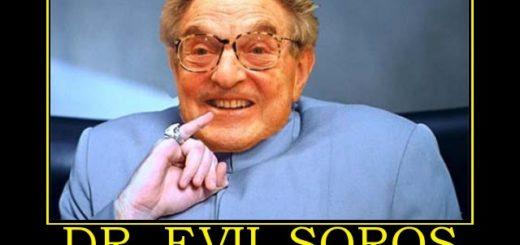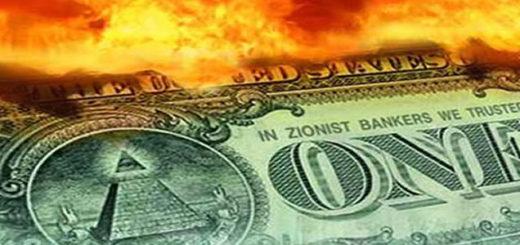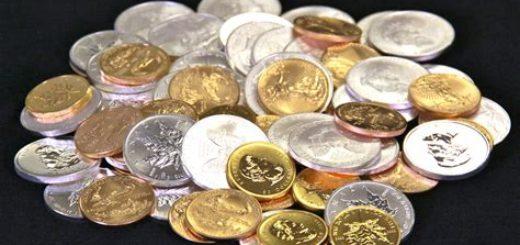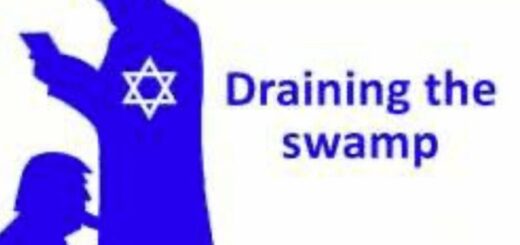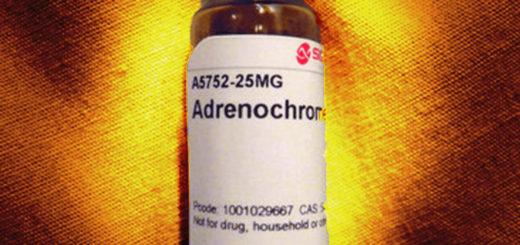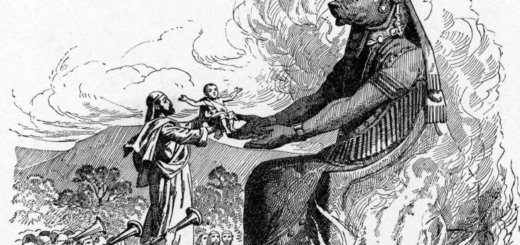Sex Worker Exposed Australia’s Dirtiest Cops Was Murdered By Them
Whistleblower Journalist murdered.
Journalism career: 1990–1996[edit]
In 1990, she changed careers again, switching to journalism as a reporter with the Sunday Business Post and Sunday Tribune, working under editor Damien Kiberd.[7] Craving first-hand information, she pursued a story directly to the source with little regard for her personal safety, to engage those she deemed central to a story. This allowed her to build close relationships with both the legitimate authorities, such as the Garda Síochána (police), and the criminals, with both sides respecting her diligence by providing highly detailed information. She also reported on Irish Republican Army activities in the Republic of Ireland.[7]
From 1994 onwards, she began to write about criminals for the Sunday Independent.[2] Using her accountancy knowledge to trace the proceeds of illegal activity, she used street names or pseudonyms for underworld figures to avoid Irish libel laws.[7][8]
When she began to cover drug dealers and gained information from convicted drugs criminal John Traynor, she received numerous death threats. The first violence against her occurred in October 1994, when two shots were fired into her home after her story on murdered crime kingpin Martin Cahill was published.[citation needed] Guerin dismissed the “warning”. The day after writing an article on Gerry “The Monk” Hutch,[9] on 30 January 1995, she answered her doorbell to a man pointing a revolver at her head, but the gunman missed and shot her in the leg.[citation needed] Regardless, she vowed to continue her investigations. Independent Newspapers installed a security system to protect her, and the Gardaí gave her a 24-hour escort; however, she did not approve of this, saying that it hampered her work.[citation needed]
On 13 September 1995, convicted criminal John Gilligan, Traynor’s boss, attacked her when she confronted him about his lavish lifestyle with no source of income.[9] He later called her at home and threatened to kidnap and rape her son, and kill her if she wrote anything about him.[8][10]
Guerin received the International Press Freedom Award from the Committee to Protect Journalists in December 1995.[8]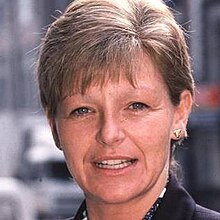
Murder[edit]
On the evening of 25 June 1996, Gilligan drug gang members Charles Bowden, Brian Meehan, Kieran ‘Muscles’ Concannon, Peter Mitchell and Paul Ward met at their distribution premises on the Greenmount Industrial Estate. Bowden, the gang’s distributor and ammunition quartermaster, supplied the three with a Colt Python revolver loaded with .357 Magnum semiwadcutter bullets.[11][dead link] On 26 June 1996, while driving her red Opel Calibra, Guerin stopped at a red traffic light on the Naas Dual Carriageway near Newlands Cross, on the outskirts of Dublin, unaware she was being followed. She was then shot six times, fatally, by one of two men sitting on a motorcycle.[12]
Aftermath[edit]
|
|
This article needs to be updated. (December 2022)
|
Guerin’s murder caused outrage, and Taoiseach John Bruton called it “an attack on democracy.”[12] The Oireachtas, the Irish parliament, realised the potential of using tax enforcement laws as a means of deterring and punishing criminals. Within a week of her murder, it enacted the Proceeds of Crime Act 1996 and the Criminal Assets Bureau Act 1996, so that assets purchased with money obtained through crime could be seized by the government. This led to the formation of the Criminal Assets Bureau (CAB).[citation needed]
After the murder of Guerin, Bowden was arrested as were the other members of Gilligan’s gang who were still in Ireland. In an agreement with the Attorney General of Ireland, Bowden agreed to turn state’s witness, and become the first person to enter the Republic’s Witness Security Programme. Granted immunity from prosecution for the murder of Guerin, he was the only witness to give evidence against all four drug gang members at their trials in the Special Criminal Court: Patrick Holland, Paul “Hippo” Ward, Brian Meehan and John Gilligan.[16] The investigation into Guerin’s death resulted in over 150 other arrests and convictions, as well as seizures of drugs and arms.[1] Drug crime in Ireland dropped 15 percent in the following 12 months.[citation needed] Four months after Guerin’s murder, in October 1996, there was a sharp decline in the sex ratio at birth in Ireland, which fell to 0.5 from an anticipated value of more than 0.51.[17]

